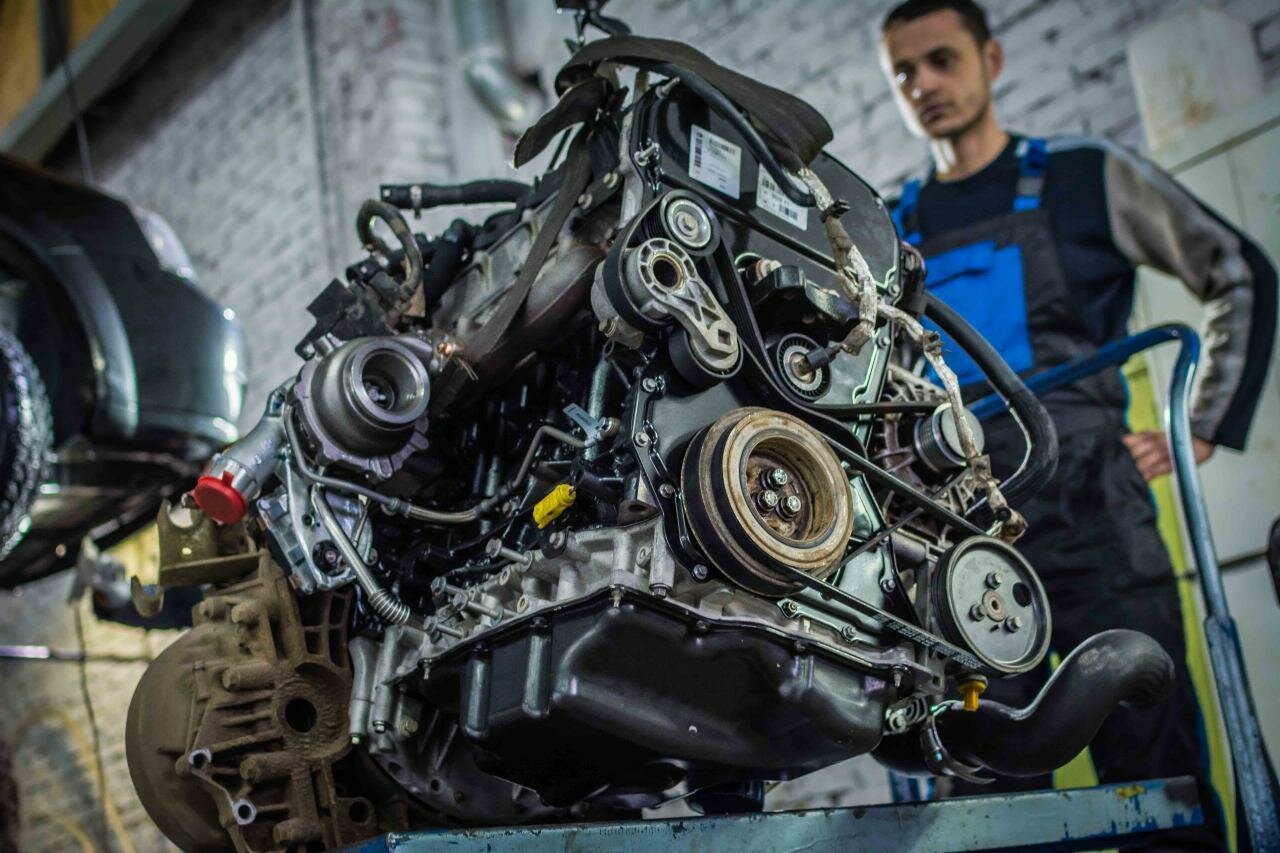BMW Z3 2.8: A Brief Overview
The BMW Z3, produced from 1995 to 2002, marked the German automaker’s entry into the compact roadster market. This model was notable for its distinctive design, which combined classic BMW styling with a sporty, agile demeanor. The Z3 was initially offered with a range of engine options, including the 1.9-liter four-cylinder and the more powerful 2.8-liter inline-six. The latter quickly gained popularity among enthusiasts for its balance of performance and everyday usability.
The 2.8-Liter Engine: Performance and Appeal
The 2.8-liter engine, part of BMW’s M52 family, was introduced in the Z3 lineup in 1997. With a power output of approximately 190 horsepower, this engine provided a thrilling driving experience, making the Z3 2.8 a sought-after model for those looking for a blend of power and style. The Z3’s lightweight construction and rear-wheel-drive layout further enhanced its appeal, allowing drivers to enjoy a responsive and engaging ride.
However, despite its charm and performance, the Z3 2.8 is not without its issues. Over the years, various engine problems have surfaced, leading to concerns among owners and potential buyers. Understanding these problems is crucial for anyone considering a Z3 2.8, as they can significantly impact the vehicle’s reliability and overall ownership experience. In the following sections, we will delve into the common engine problems associated with the BMW Z3 2.8, providing a clear picture of what to expect from this iconic roadster.
Common Engine Problems in the BMW Z3 2.8
The BMW Z3 2.8, while celebrated for its performance and design, is not without its share of engine-related issues. Understanding these problems is essential for current owners and potential buyers alike. Below are some of the most prevalent engine problems associated with the Z3 2.8, along with their symptoms and potential consequences.
1. Cooling System Failures
The cooling system in the Z3 2.8 is known to be a weak point. Common failures include:
- Radiator leaks
- Water pump failures
- Thermostat malfunctions
These issues can lead to overheating, which can cause severe engine damage if not addressed promptly. Regular maintenance and inspections of the cooling system are crucial to avoid catastrophic failures.
2. Oil Leaks
Oil leaks are another frequent complaint among Z3 2.8 owners. The most common sources of these leaks include:
- Valve cover gasket
- Oil filter housing gasket
- Rear main seal
While minor leaks may not seem alarming, they can lead to low oil levels, resulting in engine wear and potential failure over time. Regular checks for oil levels and leaks are recommended.
3. Vanos System Issues
The Vanos system, which controls the variable valve timing, can experience problems in the Z3 2.8. Symptoms of Vanos issues include:
- Rough idling
- Loss of power
- Increased fuel consumption
Failure of the Vanos system can lead to significant performance degradation and increased emissions, necessitating repairs or replacements.
4. Ignition System Failures
Ignition system problems can manifest in various ways, including:
- Misfiring
- Difficulty starting
- Reduced engine performance
Common culprits include faulty spark plugs, ignition coils, and fuel injectors. Addressing these issues promptly can prevent further engine damage and improve overall performance.
5. Fuel System Problems
Issues within the fuel system can also plague the Z3 2.8. These may include:
- Clogged fuel filters
- Failing fuel pumps
- Fuel injector problems
Symptoms of fuel system issues can range from poor acceleration to stalling. Regular maintenance of the fuel system is essential for optimal performance.
Top views |
|
|---|---|
 |
Oil, Timing Chains, Pistons: What Really Kills an Engine Prematurely? |
 |
How to Choose a Car with a Reliable Engine: Used Car Market Hacks That Actually Work |
Symptoms and Consequences of Engine Problems
Understanding the symptoms associated with these engine problems can help owners take proactive measures. The table below summarizes common symptoms and their potential consequences.
| Symptom | Potential Consequence |
|---|---|
| Overheating | Severe engine damage, head gasket failure |
| Oil leaks | Low oil levels, increased engine wear |
| Rough idling | Loss of power, increased emissions |
| Misfiring | Reduced engine performance, potential damage |
| Poor acceleration | Stalling, decreased fuel efficiency |




0 Comments